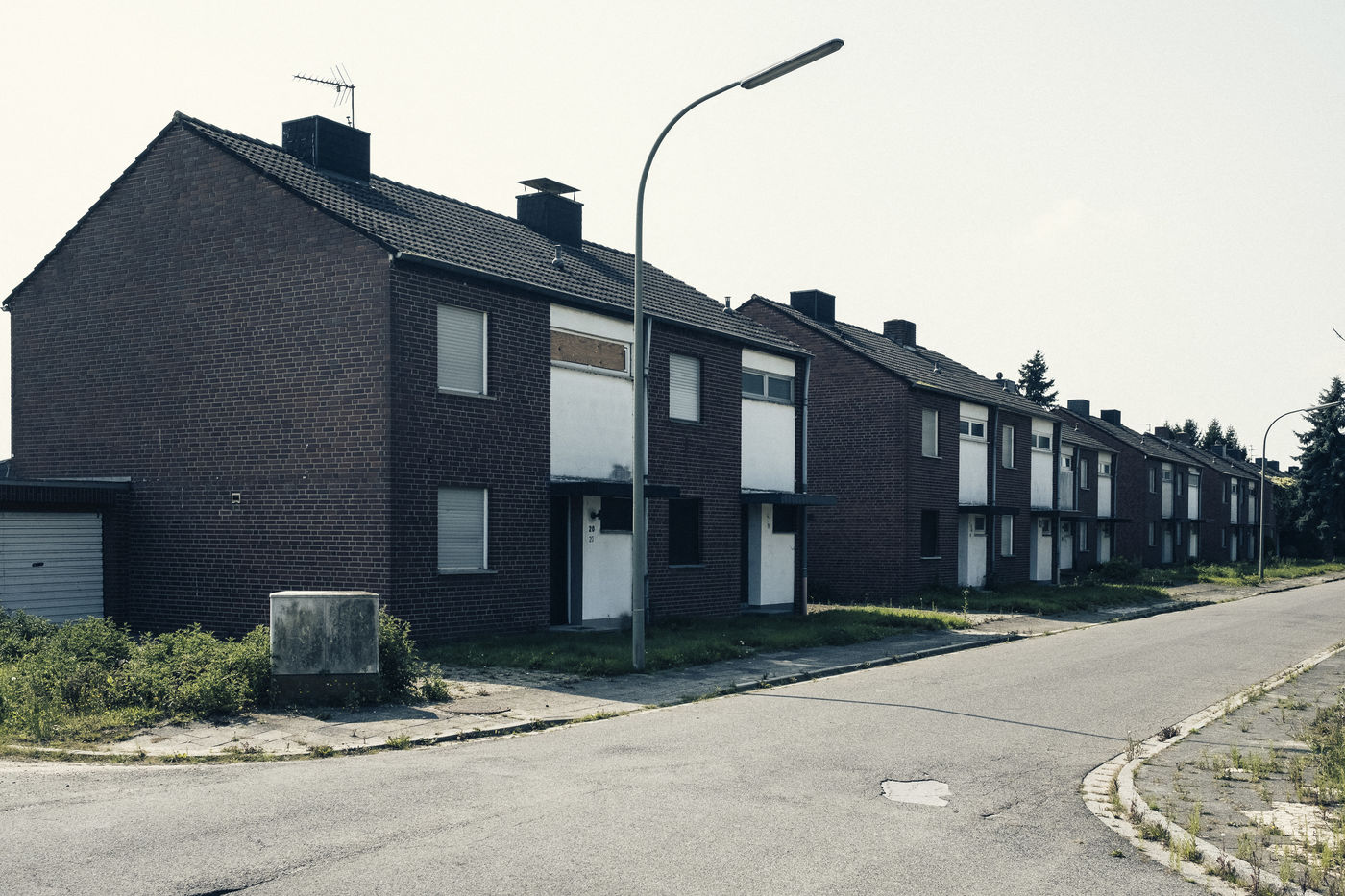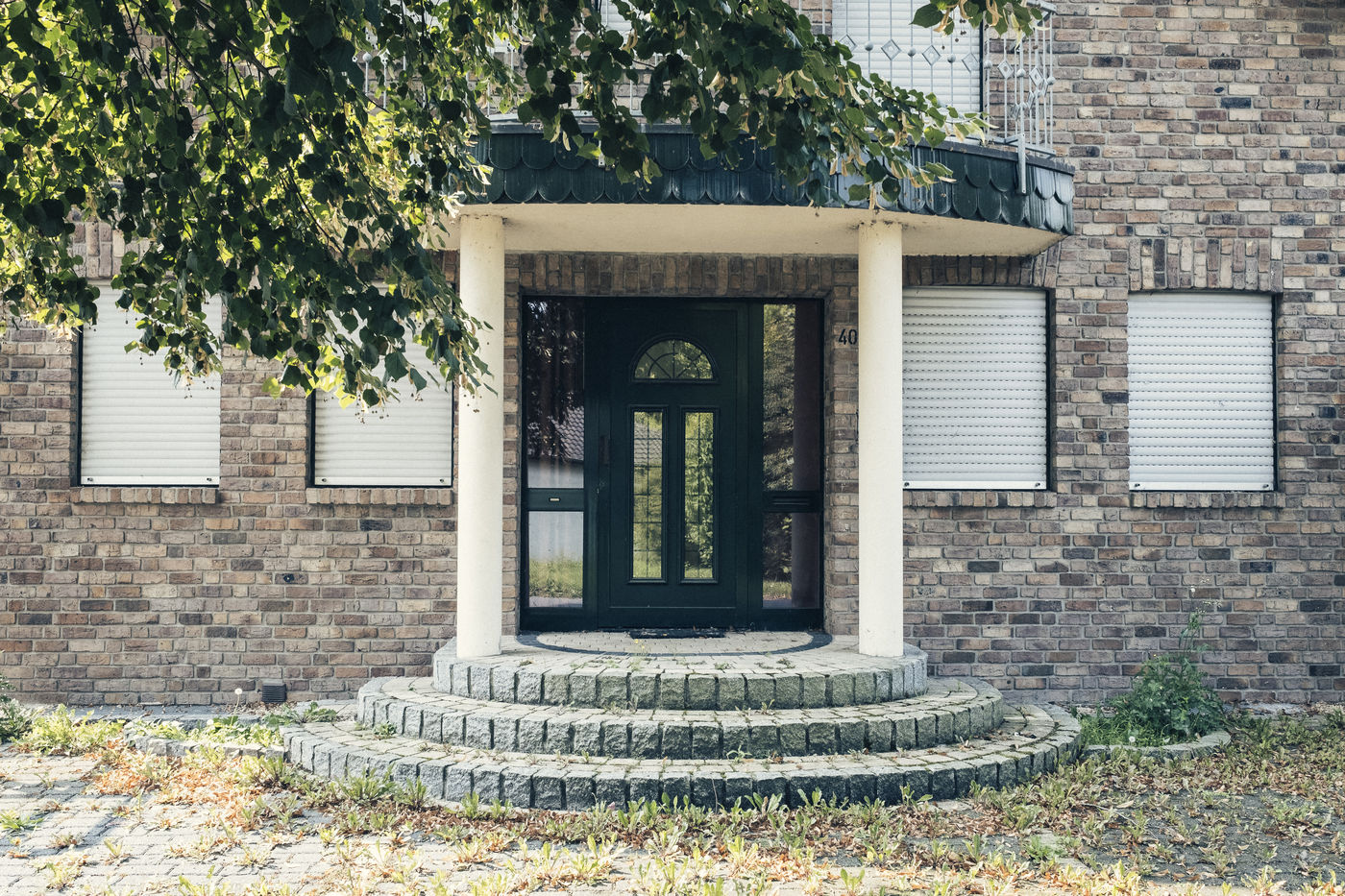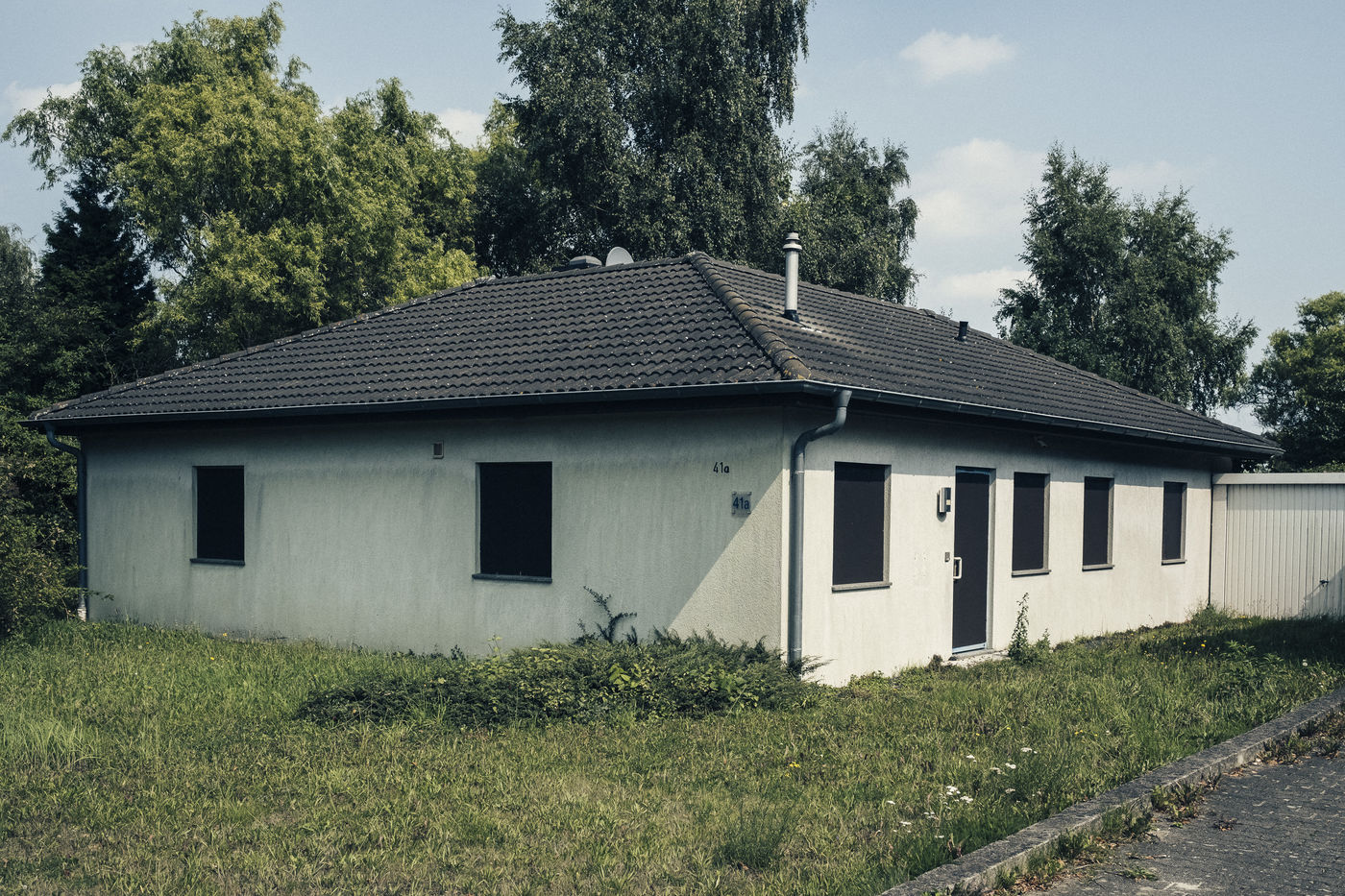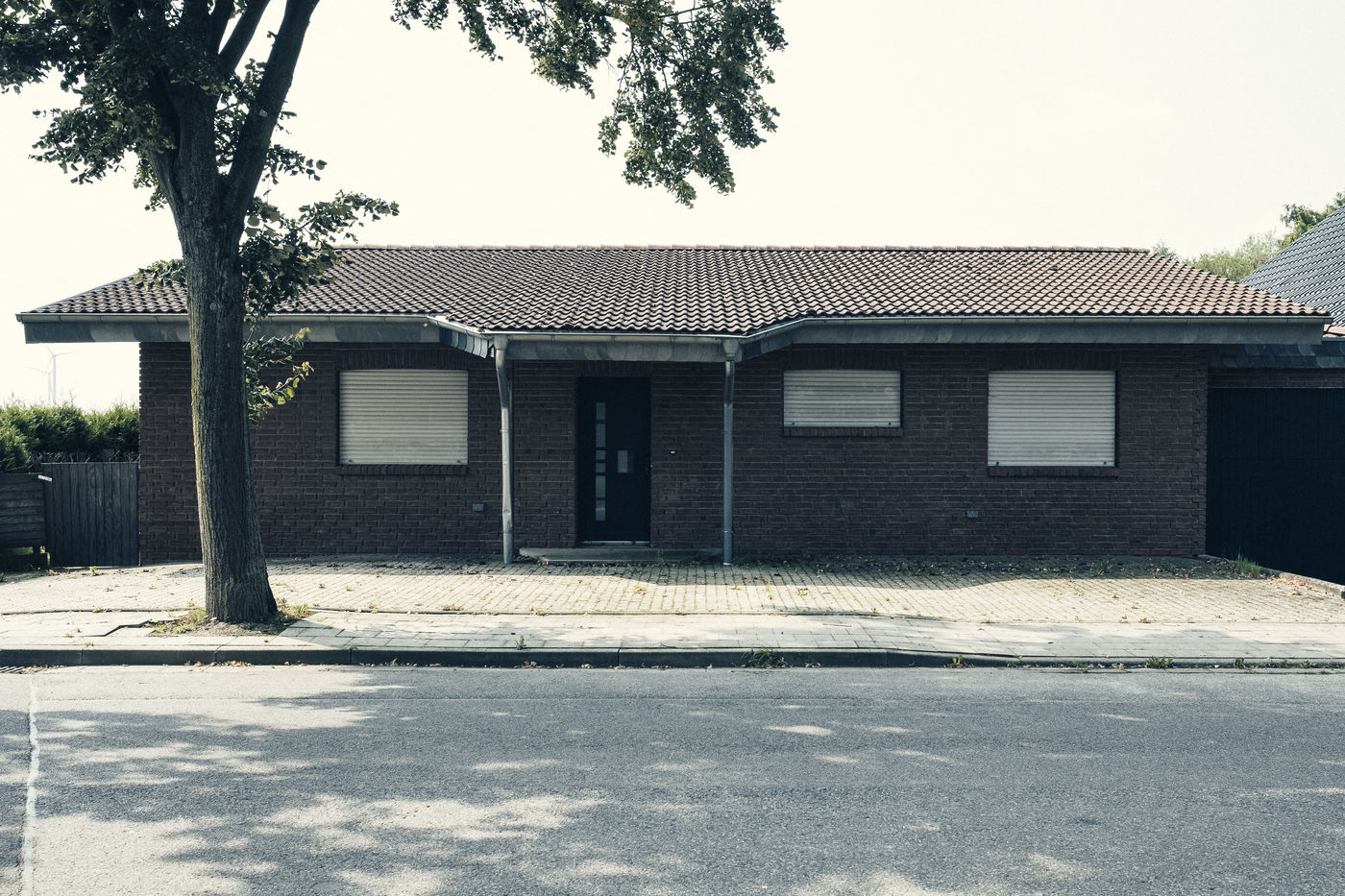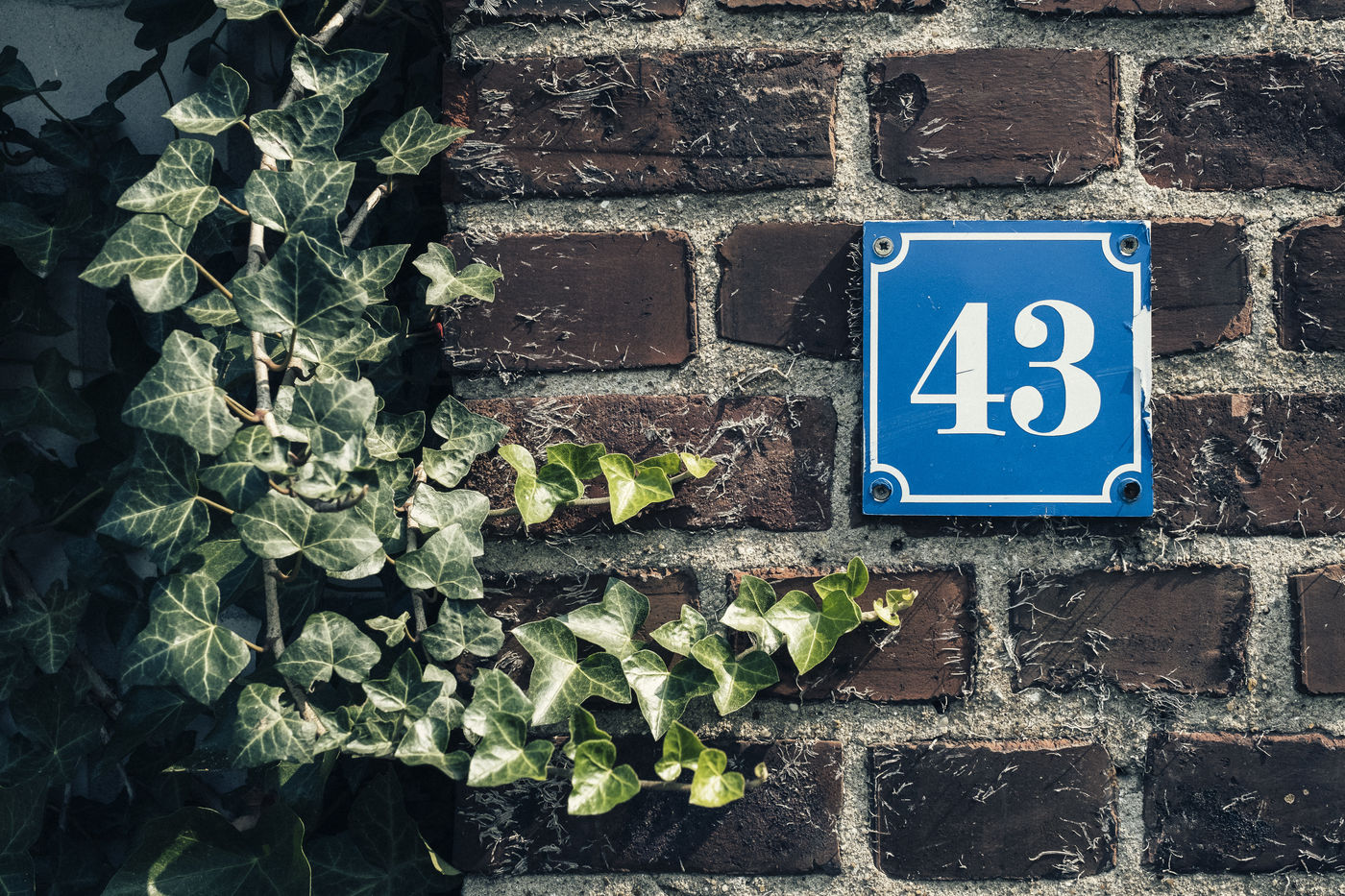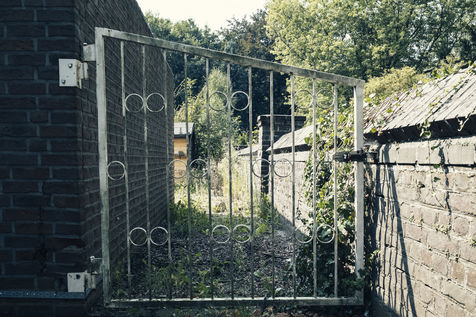Immerath, the ghost village
In Germany, population displacement is commonplace around open pit mines. In sixty years, 80,000 people were expropriated and rehoused, both in the west and in the former GDR. Immerath is one of the twelve villages undergoing displacement and demolition in the Rhine mining basin. More than 6000 inhabitants are concerned.
For the extension of the Garzweiler mine, RWE moved the entire village, including the cemetery with its occupants, to Immerath Neu. RWE operates lignite, "brown coal" here. It extracts about 100 million tonnes per year from three open pit mines, Hambach, Inden and Garzweiler. These are already spread over 9,000 hectares, ie twice the surface of the city of Lyon. The fuel is fed to RWE's coal-fired power plants.
To extract lignite, fertile land is destroyed, important ecosystems are destroyed and pumps are installed around this immense mine to drain the water. Enormous excavators, which are about 90 m high and 200 m long, are the biggest machines in the world, are used to attack the ground. To enlarge this mine, the highway is in the process of diversion several kilometers. Knowing that a kilometer of highway costs 10 million euros, this mine must be profitable for RWE.
For each tonne of burnt coal, one tonne of CO2 is released. Coal accounts for 40% of the country's electricity production. Germany has 11 active lignite mines. The country is one of the largest producers of this type of coal in the world. In total, open-cast mines occupy 170,000 hectares in Germany, according to the Federal Ministry of Economy.
